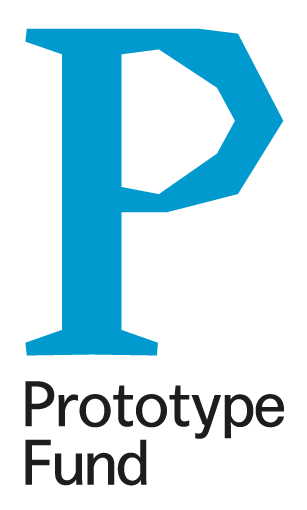
Closing the marine pollution data gap
Leveraging satellite imagery to detect floating marine debris in coastal areas.
Photo by Nasa on Unsplash
By 2050 there will be more plastic in the ocean than fish measured by weight!
The negative effects of plastic in the oceans are manifold, from biodiversity loss due to eco-toxicological effects to unclear long-term consequences.
Our mission
Supporting clean-up operations, research, and development by identifying and mapping marine debris, providing critical insights to combat this pressing challenge and foster a more sustainable relationship with our oceans.
Photo by Annie Spratt on Unsplash
Our partners and clients
-

Cleanup Organisations
We furnish clean-up organisations with current data on high-plastic zones to sharpen the focus and efficiency of their clean-up operations.
Photo by Brian Yurasits on Unsplash
-

Researchers
We analyze marine plastics data for researchers, informing predictive models of pollution patterns by tracking origins, movements, and endpoints.
Photo by Desola Lanre-Ologun on Unsplash
-

Supporters of sustainable practices
We transform complex data on ocean plastic pollution into clear visuals, making the issue more comprehensible and educating the concerned public on the threats to marine health.
Collaborate
Curious about coastal pollution insights? We can provide you with a detailed analysis of any coastal region in the world from 2014 to the present. Whether you're seeking detailed analyses, have unique insights to share, are interested in contributing data, or are looking to explore partnership opportunities, we're happy to connect!
Our solution comprises three open-source subsystems.
-
The plastic detection service forms the core of our project and enables the detection of floating plastic. To do this, we use satellite images, which are then analyzed by an AI model. Our method for identifying plastic is based on existing models that have been published in scientific publications.
-
Our backend system is designed for scalable, seamless integration between maps and the database, enabling efficient storage and retrieval of geolocated plastic debris information.
-
Our frontend simplifies data understanding by visually mapping localized plastic, making it easier to grasp the problem at a glance.
See
the team
We are a team of software engineers who met at Code University in Berlin and studied together. Marc and Emely were looking for exciting project ideas where they could learn about computer vision. They both worked at geospatial companies (Eomap and Planet) and were inspired by their part-time jobs. When Emely was introduced to Marc Rußwurm’s paper "Large-scale Detection of Marine Debris in Coastal Areas with Sentinel-2" by a colleague, the idea was born, and Tom and Joost joined the project. In our team, Joost is responsible for the frontend, visualizing our data in an interactive web application. Tom is working on our backend, while Marc and Emely provide the detection service.
Funding
We are thrilled to announce that our project has been awarded a grant of €47,500 from the Prototype Fund, which supports us for the next six months. This funding will be used to refine our detection model and to develop an interactive map for visualizing marine debris. With this support, we're focused on making meaningful progress in addressing ocean pollution.






